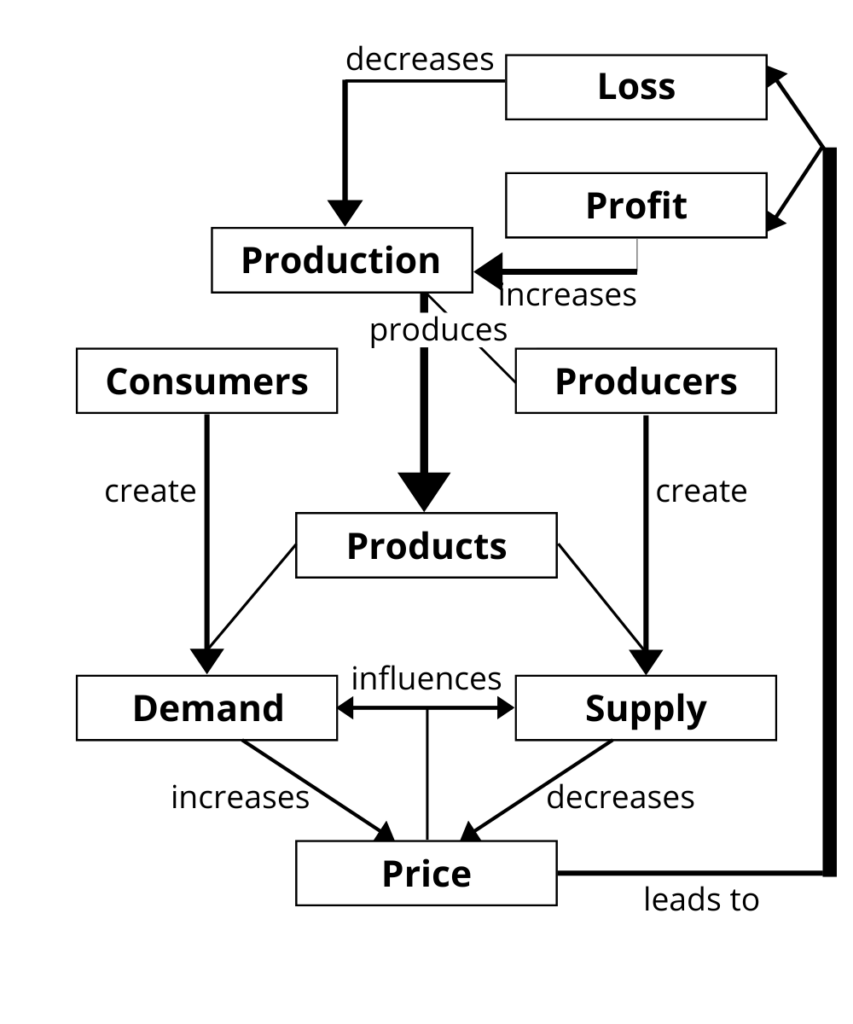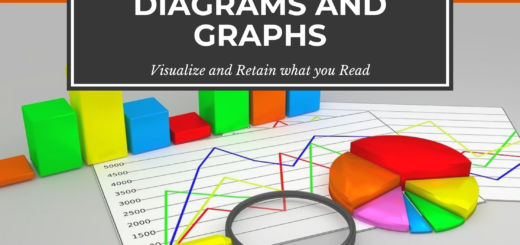Concept Maps: How to Visually Represent Connections
The textual description of concepts and relationships is usually time-consuming to create and difficult to understand. In contrast, concept maps are much simpler and more illustrative. Concept maps are excellent tools for summarizing concepts or subject areas, as they visually represent the key terms and their relationships in a diagrammatic format.
To create a concept map, first identify the essential terms you want to include. Represent these terms in rectangles and identify connections between two or more terms, using arrows to illustrate these connections. Arrows can be labeled and directed to clarify the type of relationship and the reading direction.

To make the concept map even clearer, it may be helpful to define or explain the (technical) terms and keywords on the reverse side. This provides a list of definitions of the key terms in the field, while the concept map simultaneously illustrates the relationships between them. This approach also makes it easier to understand your concept map at a later time.
For complex subjects, you may also want to create a textual elaboration of your concept map. Here, the Feynman technique can be useful, allowing you to describe the topic as clearly and simply as possible.
After creating the concept map, review it regularly. Present the concept map either to yourself or to others, beginning with the context and then explaining the terms and their relationships. When presenting your concept map to others, ensure they understand both the map and your explanation. If there are unclear areas, revise those parts accordingly.
Another method for memorizing a concept map is to use the loci method for each term. Assign each concept to a specific location on a mental route. This method trains the visualization of the terms and keywords, enhancing understanding and retention. At the same time, it enables you to practice reproducing the concept map by mentally revisiting each term in order, describing the relationships between them. You can also do this exercise in writing by listing all terms on paper and then attempting to recreate the map as accurately as possible without looking at the original. Draw all the connections you recall, and then check against the original to see if you missed any links. If new terms or connections occur to you during this exercise, you can add them.
Additionally, display the concept map in a visible place where you’ll see and review it frequently. Once the concept map is well-memorized, you can file it in your knowledge base. Keep your concept map up to date by adding new information as you learn more. For instance, if you come across new terms or concepts in the same field, incorporate them into your concept map.




